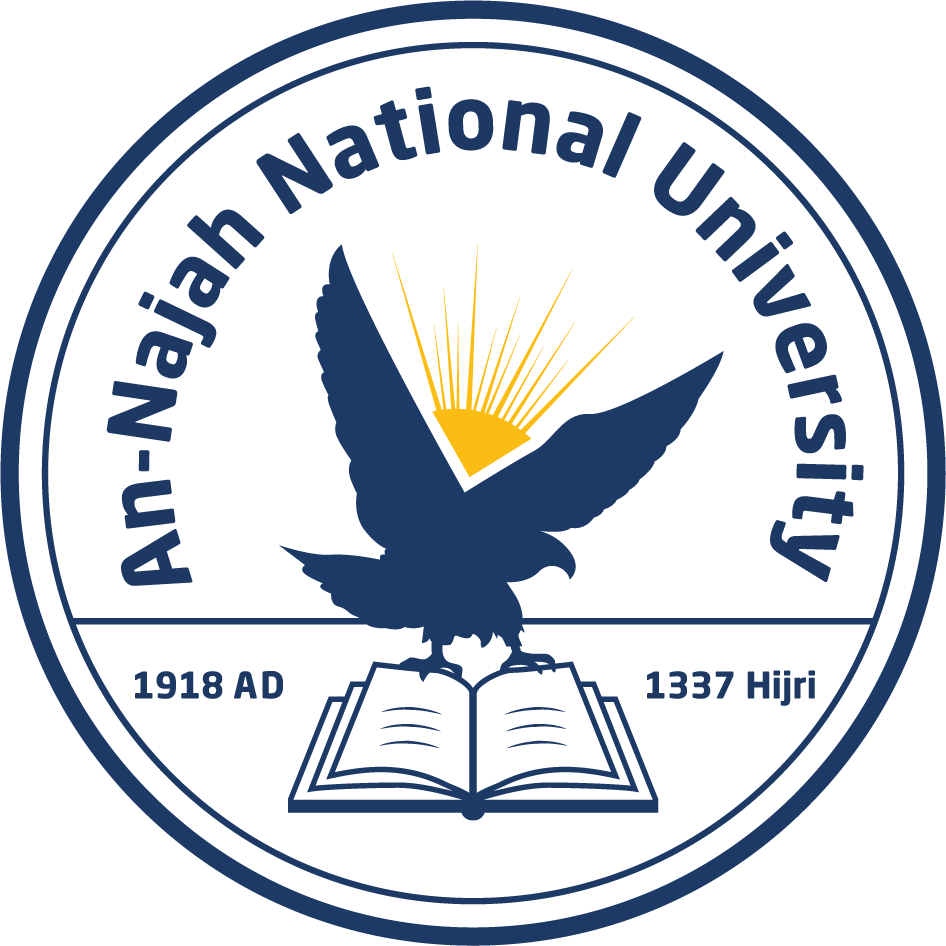An-Najah’s Unit for Inbred Mouse Strains (Collaborative Cross); the First of its Kind in the Arab World

The Animal House of An-Najah’s Faculty of Medicine and Health Sciences has recently established the Unit for Inbred Mouse Strains (Collaborative Cross), which is the first of its kind in the Arab World.
The Faculty of Medicine and Health Sciences aims at producing competent graduates and employing modern teaching methods in the educational process. The faculty focuses on scientific research through its labs as it worked intensively in the past two years to establish a central lab which is equipped with devices of international standards.

Dr. Eyad Al-Ali, Coordinator of Scientific Research at the faculty referred to the difficulties that encountered the university while establishing the Animal House in terms of the budget, the building site and offering equipment that matches the international standards.
He added that the Animal House is a place of animals’ husbandry through which the scientists conduct experiments on animals such as rabbit, hamsters and mice.
He also said that the house allows the university students to train and do research and experiments on the animals.
Dr. Walid Basha, who is a staff member at the Faculty of Medicine and Health Sciences and one of the Animal House researchers, mentioned that the house was established in 2015 before which the researchers did experiments on rabbits and hamsters as well as other mouse strains such as C57 and BALBc.
Dr. Fuad Iraqi, Scientific Research Consultant at the faculty said that the Animal House is dedicated for research projects to study the pathology of communicable and non-communicable diseases and their relation to human genes, since the similarity between human and mice genes may reach 95%.
He added that during 2000 and 2001, the researchers discovered that mammals’ genomes include 27.000 genes; therefore, it is better to take mice as animal models for research.

In today’s world, there are almost 450 species of mice which come from different genomes. In 2000, the researchers agreed to hybridize new species of mice with rich genetic diversity covering about 95% of mice genetic diversity so that it becomes in mice 3 times the human genetic diversity. The strength here lies in discovering pathogenic genes and their translation into humans’ genes, which contributes to fight against these diseases.
In 2004, Collaborative Cross (CC) project started offering new species of mice. The CC project aimed at offering 1000 new species of mice, and it produced 350 species of mouse strains. This will help scientists discover the pathogenic genes in less than a year, while discovering them through traditional mouse strains takes 20 years.
An-Najah’s Animal House has used 16 species of inbred mouse strains so far and aspires to use 50 new ones.
This achievement is a new step for new collaborations An-Najah will develop with national and international universities in terms of scientific research.






